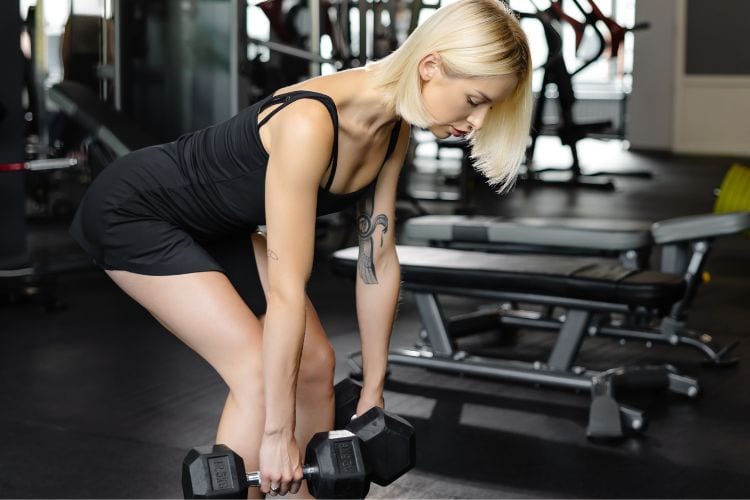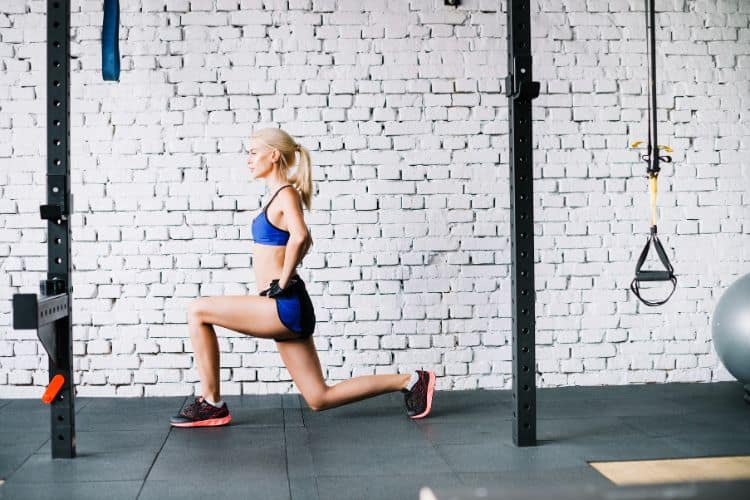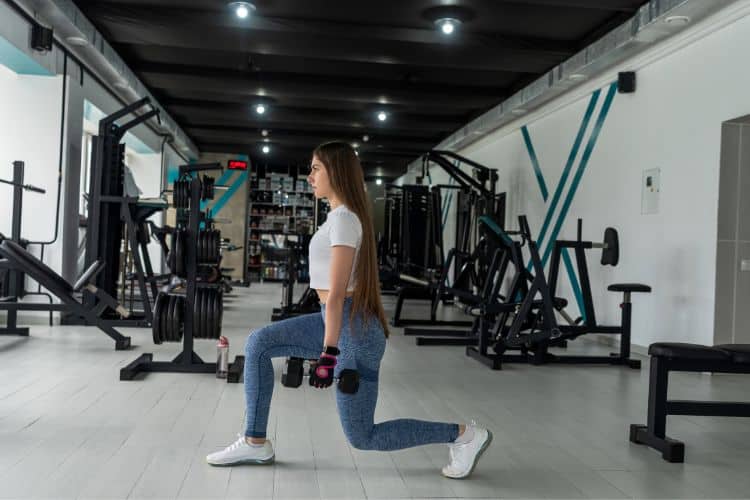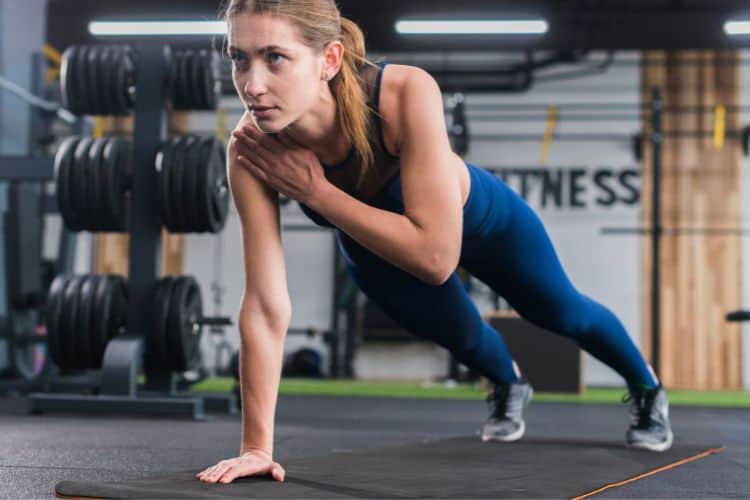Sign up for workout ideas, training advice, reviews of the latest gear and more.






High-Intensity Interval Training (HIIT) has become one of the most efficient and effective ways to train, especially for people short on time. But when combined with functional movements—exercises that mimic real-life motions—you get an unbeatable workout that not only burns calories but also builds strength, mobility, and endurance for everyday life. A 30-minute full body functional HIIT circuit is the perfect balance of intensity, variety, and practicality.
In this guide, we’ll break down everything you need to know: the benefits of functional HIIT, how to structure your 30-minute session, exercise breakdowns, warm-up and cool-down strategies, and tips for maximizing results.
HIIT (High-Intensity Interval Training) is a workout style that alternates short bursts of all-out effort with periods of rest or active recovery. The goal is to push your heart rate into its higher zones, burn calories quickly, and boost cardiovascular health.
Functional training focuses on movements that replicate everyday activities: squatting, bending, lifting, pushing, pulling, and twisting. These exercises strengthen multiple muscle groups at once and improve balance, coordination, and mobility. By combining functional exercises with HIIT, you get a circuit that not only torches fat but also enhances your body’s ability to perform in real life.
With just 30 minutes, you can achieve a calorie burn that rivals much longer steady-state workouts. This makes it ideal for busy professionals, parents, or anyone looking to fit in a quick session.
The high intensity of HIIT creates an afterburn effect (EPOC—Excess Post-exercise Oxygen Consumption), where your body continues to burn calories long after the workout ends. Combined with functional movements, it builds lean muscle while shredding fat.
Functional HIIT strengthens your body in ways that translate directly to daily life. Whether you’re lifting groceries, playing with kids, or climbing stairs, you’ll notice improved endurance and mobility.
HIIT is proven to enhance heart health, lower blood pressure, and improve circulation. Pairing this with compound functional exercises multiplies the benefits.
Most functional HIIT circuits can be done with just your bodyweight or a few tools like dumbbells, kettlebells, or resistance bands. Perfect for both home and gym workouts.
To maximize efficiency, your 30 minutes should be split into:
For a 30-minute HIIT workout, consider these ratios:
Complete 4–5 rounds of your circuit depending on fitness level.
Never skip a warm-up—it reduces injury risk and preps your nervous system. Here’s a quick dynamic warm-up:
Below is a sample circuit that balances upper body, lower body, and core using functional movements.
Muscles Worked: Legs, glutes, shoulders, core
How to Do It: Hold dumbbells at shoulder height, squat deeply, then explode upward pressing weights overhead.
Why Functional? Combines lifting and pushing, similar to standing from a chair while lifting something overhead.
Muscles Worked: Chest, triceps, core, shoulders
How to Do It: Perform a push-up, then tap each shoulder at the top.
Why Functional? Builds pressing strength and anti-rotation core stability for daily pushing movements.
Muscles Worked: Quads, hamstrings, glutes, obliques
How to Do It: Step back into a lunge, rotate torso toward front leg.
Why Functional? Improves balance, hip stability, and rotational strength for twisting motions.
Muscles Worked: Back, biceps, core, shoulders
How to Do It: In a plank position with dumbbells, row one arm at a time.
Why Functional? Strengthens pulling ability while stabilizing core, mimicking lifting and pulling tasks.
Muscles Worked: Glutes, hamstrings, back, shoulders
How to Do It: Hinge at hips, swing weight to chest height with explosive power.
Why Functional? Builds hip power, posture, and endurance for lifting or explosive movements.
Muscles Worked: Full body (legs, arms, chest, core, cardiovascular system)
How to Do It: Drop to push-up, pop back up, and jump explosively.
Why Functional? Trains the body to transition from ground to standing quickly, enhancing agility and conditioning.
Finish your circuit with stretches to improve flexibility and recovery:
Quality over quantity. Poor form increases injury risk. Start with lighter weights or bodyweight until technique is solid.
Increase intensity by:
Eat a balanced meal with carbs and protein before your session, and replenish afterward for recovery.
Aim for 3–4 sessions per week to see noticeable changes in strength, stamina, and physique.
Log reps, weights, and rounds. Tracking helps you apply progressive overload and stay motivated.
A 30-minute full body functional HIIT circuit is one of the most powerful tools for improving overall fitness. It burns fat, builds strength, enhances mobility, and prepares your body for real-world movements—all in less time than it takes to watch a TV episode. Whether you’re working out at home with minimal equipment or in the gym, this type of training adapts to your goals and lifestyle.
Commit to just three sessions per week, track your progress, and you’ll soon notice improvements not only in your fitness but also in your everyday life. Functional HIIT isn’t just about looking strong—it’s about being strong and capable in everything you do.
Want more workout and video guide?
Follow us on Pinterest, Facebook, and Subscribe to our Newsletter and Stay tuned for FREE downloads of our App coming soon!
Stay up to date on the latest women’s health, fitness and lifestyle trends and tips.